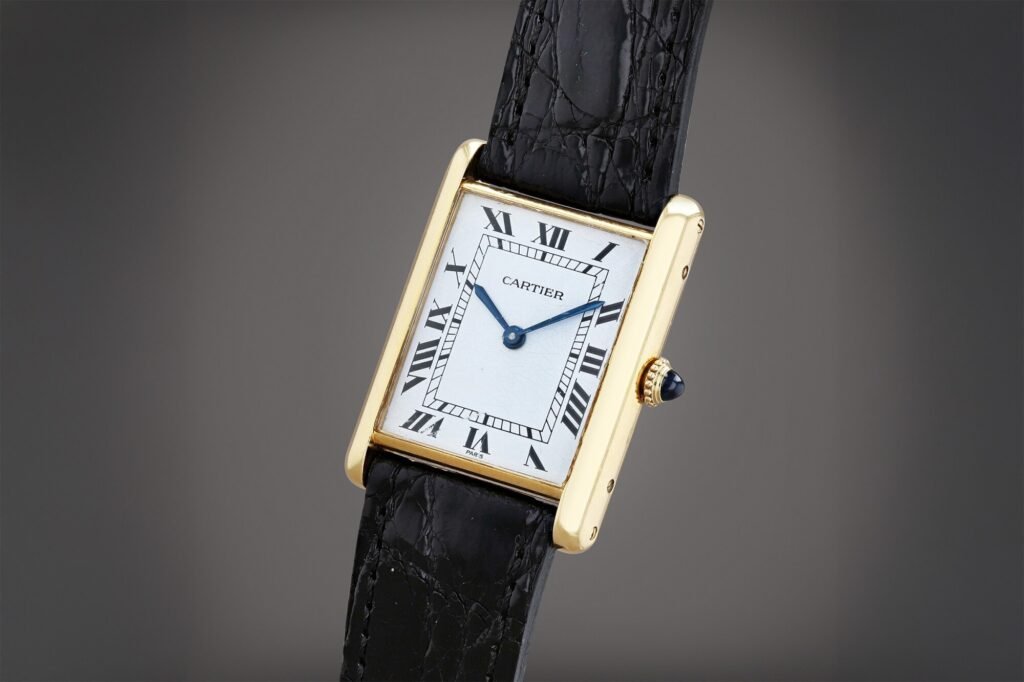Luxury has always been about more than craftsmanship. It is about legacy, cultural influence, and the ability to remain relevant across generations. Few maisons embody this better than Cartier, the French jeweler whose creations have adorned royalty, celebrities, and discerning collectors for over a century. Known as the “Jeweler of Kings and the King of Jewelers,” Cartier continues to command global fascination not just through its iconic designs, but through its ability to reinvent what luxury means in a fast changing world.
Herritage Meets Modern Innovation
Cartier’s reputation rests on a foundation of impeccable heritage. Founded in 1847, the brand rose to prominence by designing for Europe’s royal courts, crafting bespoke pieces that quickly became cultural touchstones. The Cartier Tank watch, inspired by World War I military tanks, remains a minimalist icon over 100 years later. The Panthère motif, immortalized by Jeanne Toussaint in the 1930s, continues to symbolize strength and elegance in collections today.
But Cartier does not merely rest on its past. The maison has strategically updated its heritage pieces with modern sensibilities, appealing to a younger demographic who want history with a contemporary twist. Sleeker iterations of the Tank Française, lighter versions of the Love Bracelet, and sustainable sourcing initiatives show how Cartier fuses tradition with innovation.

The Power of Cultural Capital
What sets Cartier apart from competitors is its mastery of cultural capital. Cartier does not just sell jewelry or watches. It curates experiences, tapping into art, film, and high society to solidify its relevance. Its “Cartier Women’s Initiative,” supporting female entrepreneurs globally, positions the brand as socially conscious without compromising exclusivity. Meanwhile, collaborations with global stars like Rihanna or Timothée Chalamet amplify its reach to Gen Z and millennial consumers, groups who now define the future of luxury consumption.
The maison’s art exhibitions, such as those at the Fondation Cartier in Paris, also demonstrate how it frames itself not only as a retailer but as a patron of creativity. This synergy between commerce and culture ensures Cartier is seen as timeless rather than trendy, giving it staying power in an increasingly crowded luxury market.

Cartier as an Investment in Desire
Beyond aesthetics, Cartier pieces are increasingly viewed as assets. The resale market for Cartier jewelry and watches has surged, with classics like the Love Bracelet or the Santos watch retaining and often increasing their value. This makes Cartier not only a statement of style but also a store of wealth.
For ultra-high net worth collectors, rare vintage Cartier jewels command record prices at auctions. A Cartier Tutti Frutti bracelet, for instance, sold for over 1.3 million dollars at Sotheby’s, proving that the maison’s creations transcend mere adornment. Younger buyers are also fueling demand, drawn by the idea that purchasing Cartier is both indulgent and financially strategic.
This dual role, as both an emotional purchase and an investment, keeps Cartier at the forefront of luxury relevance. It allows the maison to appeal to traditional collectors while tapping into a new audience that sees luxury as a blend of beauty, legacy, and financial prudence.

In an era where luxury must constantly reinvent itself, Cartier demonstrates the perfect balance of tradition, cultural resonance, and investment value. Its pieces remain aspirational, not only for their beauty but for the narratives they carry and the opportunities they represent. For those navigating the evolving definition of luxury, Cartier stands as proof that heritage, when reinvented thoughtfully, can be the most modern statement of all.
Written By: Mia Quisumbing
Published On: 20th August 2025